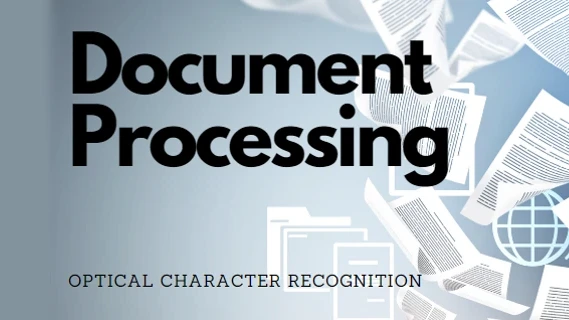Background Context
Family Support Services (FSS) stands as the leading child welfare agency in Duval and Nassau counties, providing safety, stability, and quality of life for all children by working with the entire community. They extend a broad spectrum of services, resources, education, and compassionate support. FSS works in close partnership with community-based organizations to enhance family situations and outcomes. They strive to ensure safe and nurturing homes for children and adolescents who have been mistreated or neglected, primarily through foster and kinship care. Additionally, they work towards facilitating the adoption of children into caring, permanent families in cases where reunification is not feasible. Nevertheless, it’s important to note that reunification remains the ultimate priority for FSS.
In 2020, Family Support Services approached NLP Logix with two pivotal questions:
- What areas should FSS prioritize for investment to have the most significant impact in reducing child abuse and neglect?
- Where could community resources have the greatest effect?
Gnarly Problem
A significant hurdle in the project was comprehending how to effectively utilize various data sources to reach a meaningful conclusion. The process of integrating all these data sources demanded meticulous planning and deliberation. Katie Bakewell, NLP Logix Modeling and Analytics Team Lead stated, “Numerous resources exist to provide data around children and child welfare, but each is housed in disparate systems. By bringing all these sources together, a comprehensive picture of children, families, and their neighborhoods can provide the insight necessary to make effective, data-driven decisions.”
Strategic Approach
To gain insights and make data-driven decisions, NLP Logix used geocoded available data to create detailed visualizations of data to understand the proximity and correlations between various factors and child welfare outcomes. This would identify the area in which FSS can provide the most impactin the community.
NLP Logix gathered and performed an analysis of data from a variety of sources. This included the following data:
- Child Abuse and Neglect Data (CAN)
- Investigations
- Programs
- STEPS (In-home program prevention program to help divert child safety and stabilization issues)
- FAST (In-home program focused on providing intensive supervision and service with child protective oversight)
- Removals (Situations pertaining to the removal of a child from home)
- External Community Data
- US Census Bureau
- Jacksonville Sheriff’s Office
- Department of Juvenile Justice
- Healthy Families
- FL Department of Health
- Early Learning Center of Duval County
In conjunction with the data analysis, NLP Logix developed an interactive dashboard to support the geocoding analysis.
NLP Logix generated risk scores for areas based on communitydata, pulling multiple data factors such as adult education levels, poverty, crime data, teen pregnancies, infant mortalities, andopioid/drug overdose counts.Risk score data was employed to identifyneighborhoods (zip code specific) within the county that were at high risk. Separate analytical data was utilized to identify potential sites for a community resource center and to highlight key community hubs such as churches, libraries, and school community centers.
Moreover, the analysis encompassed an examination of the documented cause for the removal of childrenfrom their homes in the highest-risk score zones. This identification serves as the fundamental issue to be addressed when extending assistance to the community. Such scrutiny aids in revealing patterns, correlations, and valuable insights pertaining to the geographical prevalence of child abuse and neglect indicators.
Operational Success
The geospatial analysis observations answered FSS’s questionsof where community resources would make the biggest impact and defined zip codes at high risk. The proximity mapping of child abuse and neglect cases and community resources identified a cluster of vulnerable families within a distinct 3.5 square mile area of Northeast Jacksonville. A previously underutilized community center owned by the city of Jacksonville was identified as a potential location for providing support within walking distance of a large number of vulnerable families.
In parallel with identifying multiple impactful top proximity zones, another goal is to gain a comprehensive understanding of how best to assist each of these zones. This involves pinpointing the key factors underlying the core problems within each independent zone. To achieve this, various data points were collected, including investigation reasons, removal reasons, and environmental factors. This data helps establish priority areas for the types of services and support required by the most vulnerable communities.
This valuable insight reveals that while one zone may primarily grapple with issues related to drug abuse, another may face challenges rooted in poverty and inadequate resources. Recognizing these location-specific factors pertaining to child abuse and neglect is crucial in enabling FSS, to tailor the correct approach for each individual zone it supports.

Learn more about the Center of Hope – Family Support Service: Center of Hope FSS
Learn more about: Advanced Analytics • NLP Logix





